Tea is the most popular drink in Japan and is an important part of their culture, so tea is a great thing to drink there. You can find it pretty much everywhere, and often it is served for free at restaurants, just like water. Below you’ll find a list of the most common and popular varieties of tea in Japan. I like some, and dislike others – but everyone’s tastes are different. Let’s explore.
Green Tea (Ryokucha)
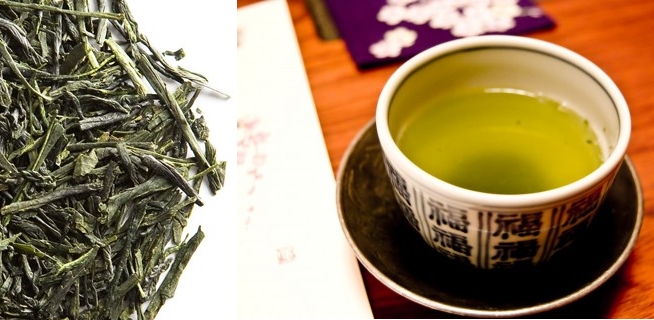
Green tea is undoubtedly the most popular tea in Japan. As expected, green tea is green in color, and comes in various grades. The various grades are determined by when the leaves are harvested and how much sun exposure they’ve seen. Green tea is also probably the most popular Japanese tea consumed outside of Japan as well.
Green tea has a mild, earthy, grass-like taste to it. While I’m not a huge fan of straight up green tea, I do enjoy it when it is flavored. Even something as simple as lemon and ginseng can really brighten up this tea for me. Overall green tea is pretty good. I just don’t particularly care for it in its unaltered form.
Green Tea With Roasted Brown Rice (Genmaicha)
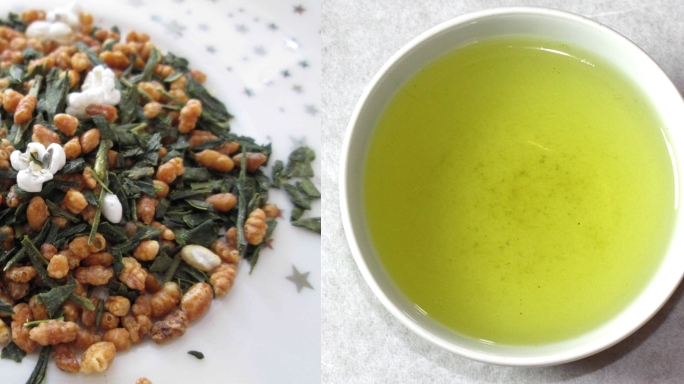
This tea is a popular alternative to the standard green tea. Unpolished brown grains of rice are roasted and mixed with green tea leaves to create this tea. It is yellow in color, and the flavor is distinctly different from that of regular green tea. It was originally drank by the poor as the rice served as a filler to reduce the price of the tea.
This tea’s flavor combines the grassy taste of green tea with the aroma of roasted rice. If you like green tea and also enjoy (roasted) rice, then you’ll probably enjoy this tea as well. This tea is also referred to as “popcorn tea” due to what can happen to some of the rice kernels during roasting as you can see in the photo above.
Roasted Green Tea (Hojicha)
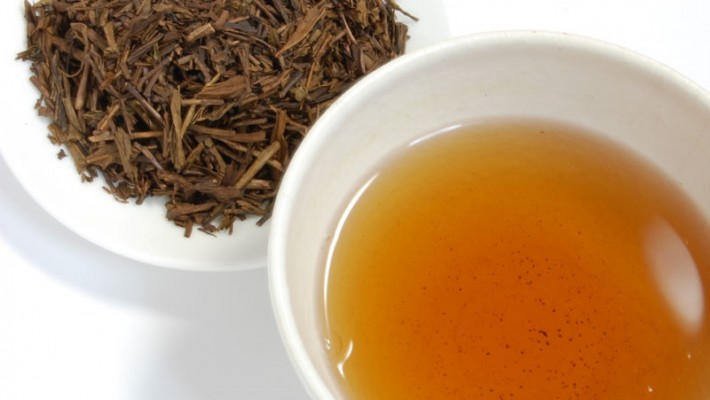
Similar to the above, this green tea roasts the leaves and forgoes the brown rice. The roasted leaves become red-brown in color and as a result of the roasting, this tea is sweeter. The tea is also less astringent due to the high temperature roasting process.
I don’t think I’ve ever had this tea, but the taste is said to be a mild, toasty, caramel-like flavor. It doesn’t sound too bad, I’m just usually not a fan of toasty type teas. Because it is so mild, it makes for a good after dinner tea and is also favored by young children and the elderly.
Residual Green Tea (Konacha)
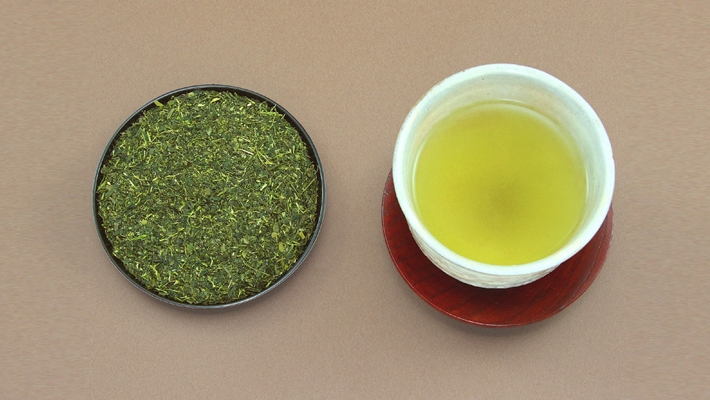
This tea uses all the leftovers from regular green tea. It’s composed of tea dust, buds, and small leaves. Basically it’s all the stuff that isn’t good enough to go into regular green tea. This is the kind that you’ll most often find for free at restaurants because of how low a grade it is. It is popular to drink with sushi though, which is why most of the restaurants you’ll find this for free at are the cheap sushi places.
I think you’d expect this tea to have a weaker flavor, given it’s just low grade tea – but the flavor for this green tea is actually quite strong. If you really like green tea, you probably won’t mind that though, especially if you are having it with sushi. I don’t prefer konacha myself though.
Powdered Green Tea (Maccha)
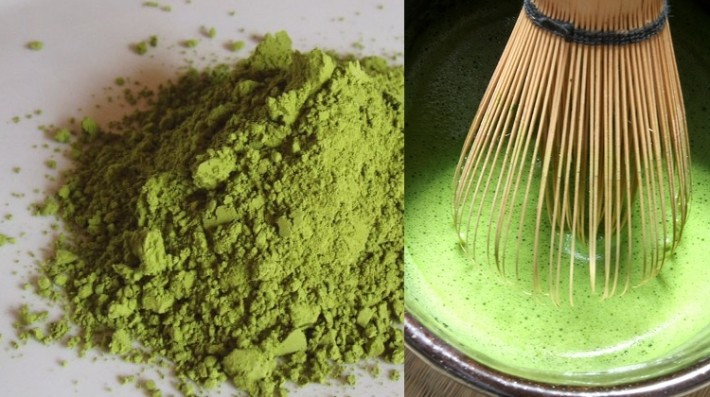
Apparently maccha is the highest grade of green tea, but I think it is probably my least favorite. The highest quality tea leaves are dried and ground into a fine powder which is then mixed with hot water. It’s also the kind of green tea you’ll find served at a [tea ceremony]//tea-ceremony/).
Maccha is also a very popular flavor for sweets and ice creams in Japan. You’ll find everything from maccha flavored ice cream to maccha flavored Kit Kats. Due to this, I really wish I liked maccha more. I think it’s okay when mixed with something else, or in small doses, but overall, I think maccha is just average. It has more of a bitter, vegetable-like taste that I don’t particularly care for.
Oolong Tea (Oolongcha)
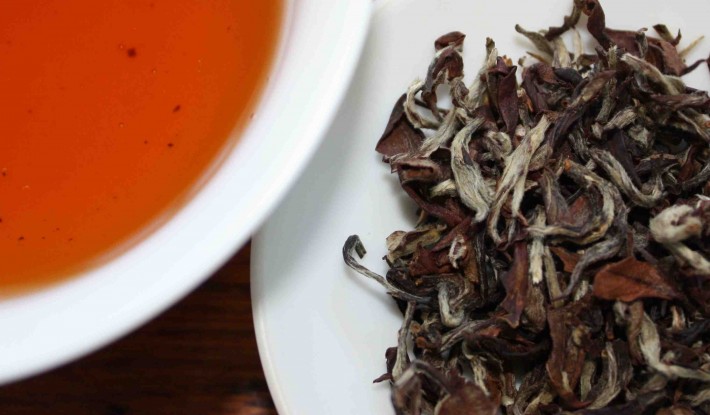
Oolong tea is a type of Chinese tea that takes oxidized tea leaves (leaves that are left on their own in a climate-controlled room where they turn progressively darker due to the oxygen exposure) and then steams or roasts them to halt the oxidation process, ranging anywhere from 8% to 85% oxidization. Brown in color, this tea can be served hot or cold and is found all over Japan.
Oolong encompasses many different flavors and varieties. Oolong can be sweet and fruity, or thick and woody. Or any combination in between. I prefer the sweeter, fruitier varieties, but that’s just me.
Black Tea (Kocha)
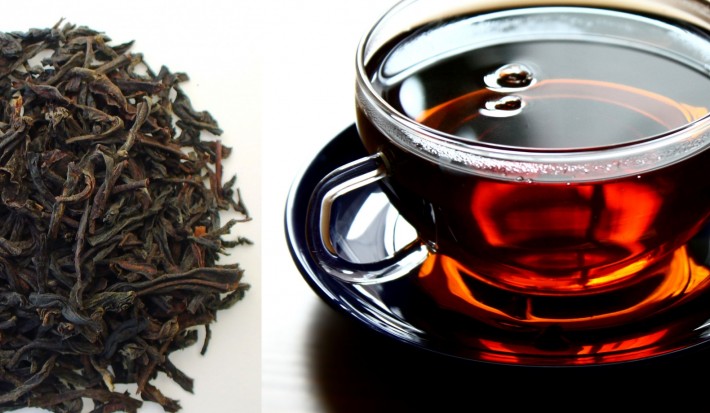
Kocha actually means “red tea” in Japanese, the color of the tea is a dark ruddy brown, and the English name of it is “black tea”. Science. These tea leaves are even more oxidized than oolong’s, and it is found most often at Western style cafes and restaurants.
Ah, black tea. I like black tea. Western black teas, Japanese black teas, they’re all great in my book. There are many varieties of black tea as well, but if you’ve had any kind of black tea before, you have a good idea of what you’d be getting yourself into with a black tea in Japan.
Jasmine Tea (Jasmine-cha)
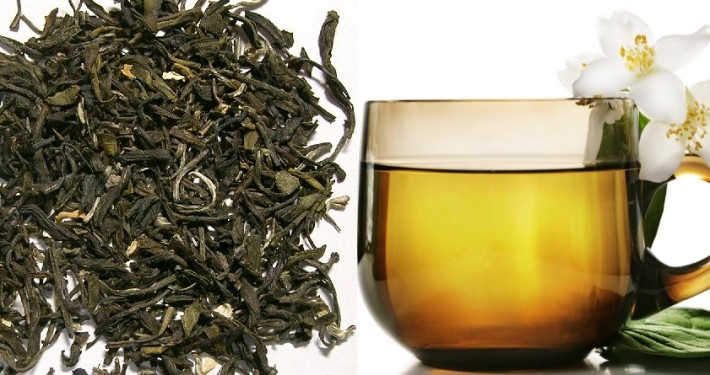
Jasmine tea is most popular in Okinawa, but not so much in mainland Japan. It’s made by combining jasmine flowers with either green tea or oolong tea, giving the tea a subtle, flowery taste.
I like how this tea smells, I just don’t like how it tastes. I’ve never really been big on eating things that taste like flower petals, and jasmine tea is one of those things. It’s just weird to me.
Barley Tea (Mugicha)
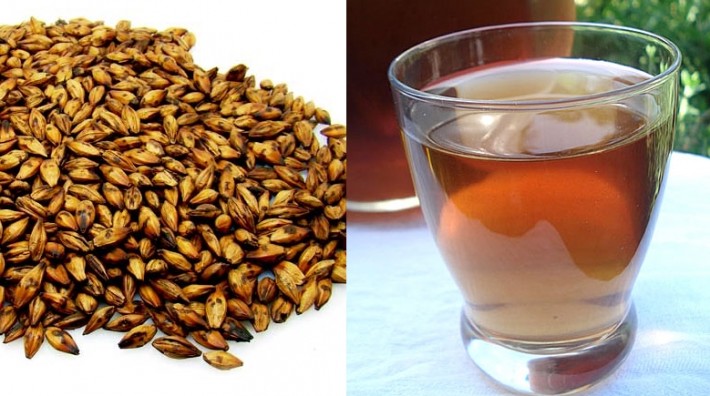
I hate barley tea. For some reason this is a popular summer drink, where it is served cold – possibly the worst way to experience this tea. It is made by infusing roasted barley into water, and it tastes much like you would expect. Like grain water. It has a burned, bitter taste to it. The best way I can think to explain it is like drinking Cheerios in liquid form. Cold. Blech.
Kelp Tea (Konbucha)
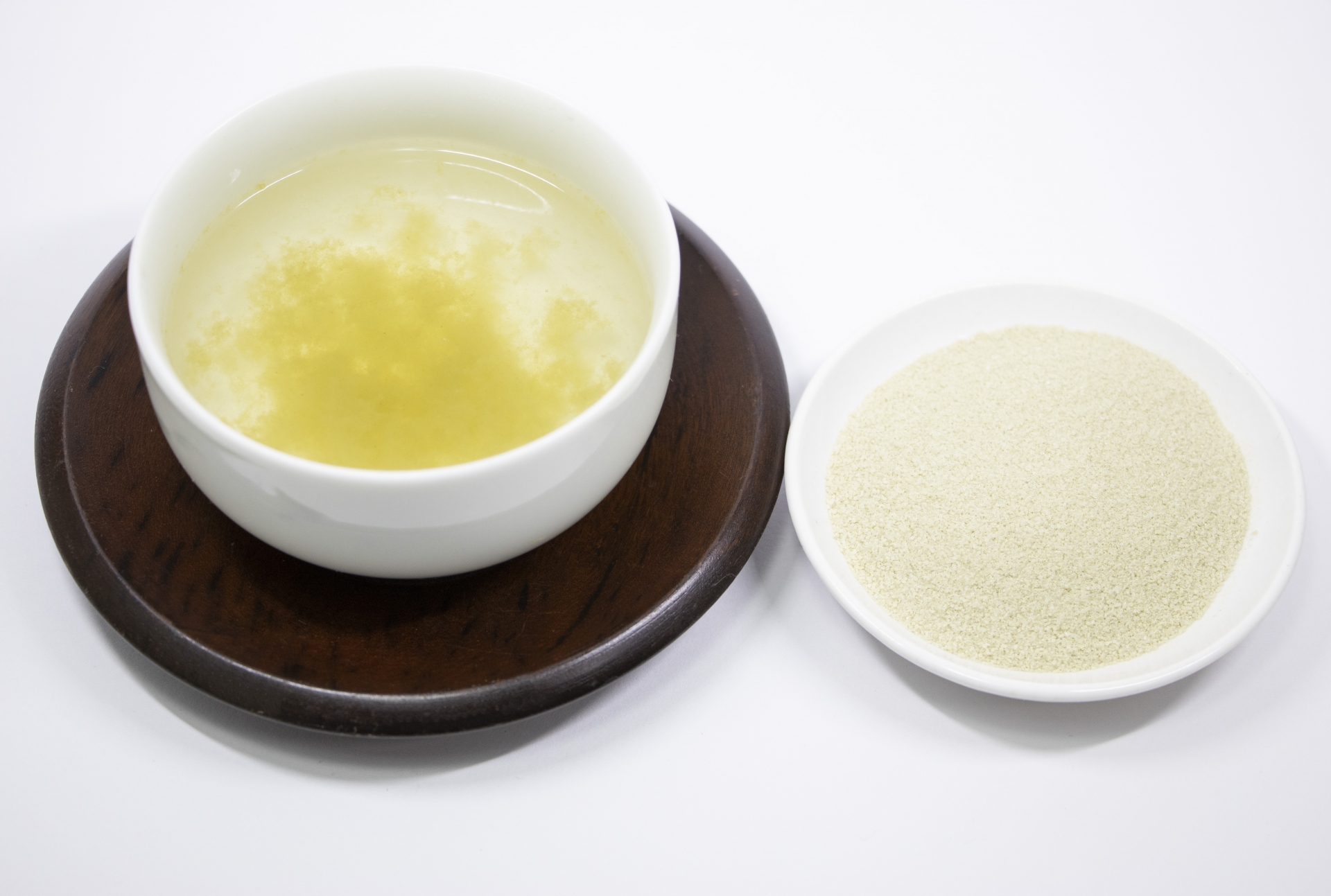
Okay, so honestly I didn’t even know this was a thing until writing this post, but really? Kelp tea? That sounds terrible. Maybe I just don’t like the ocean enough.
This drink is made by mixing ground or sliced seaweed into hot water. I’m guessing it would taste just as you’d expect. Like the ocean. I dunno about you, but drinking hot ocean water sounds anything but refreshing. Apparently this tea is sometimes served as a welcome drink at ryokans. Pretty risky tea to serve as a welcoming beverage if you ask me.
Also, if anyone has actually experienced kelp tea, please tell me about it on Twitter. Is it as icky as it sounds?
Tea, Tea Everywhere!
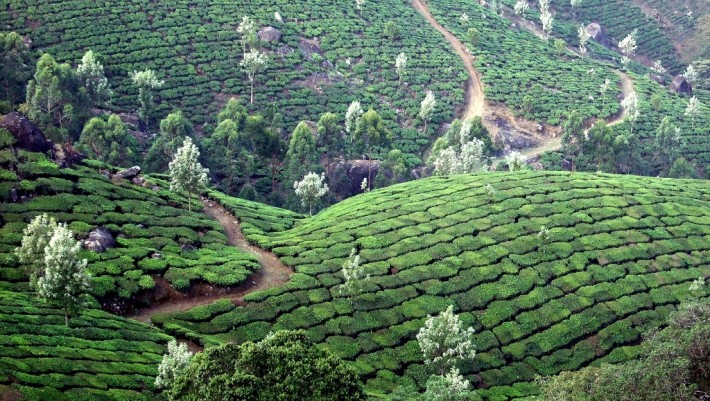
So, have you picked a favorite from the above list? Well where can you find it? Teas of all varieties aren’t really that hard to find in Japan, fortunately. You can find teas at vending machines, restaurants, convenience stores, and supermarkets. You can even find it being served at festivals, temples, and gardens – sometimes for free.
Whether you want some tea in a mug, cup, or bottle, hot, cold, or tepid, instantly, or for later – you’ll find what you are looking for somewhere in Japan. Many bottled varieties are available in Japan’s fancy vending machines as well as convenience stores and markets. Hot tea is less widely available in the summertime, but Japan on the whole thinks that hot drinks are mostly for winter and cold drinks are mostly for summer.
While Japan has teas from all over the world available to them, these are the teas that are either Japanese by nature, or molded into Japanese culture. Japan was first introduced to tea by the Chinese in the 700s, and tea has been a huge part of Japanese culture ever since.
